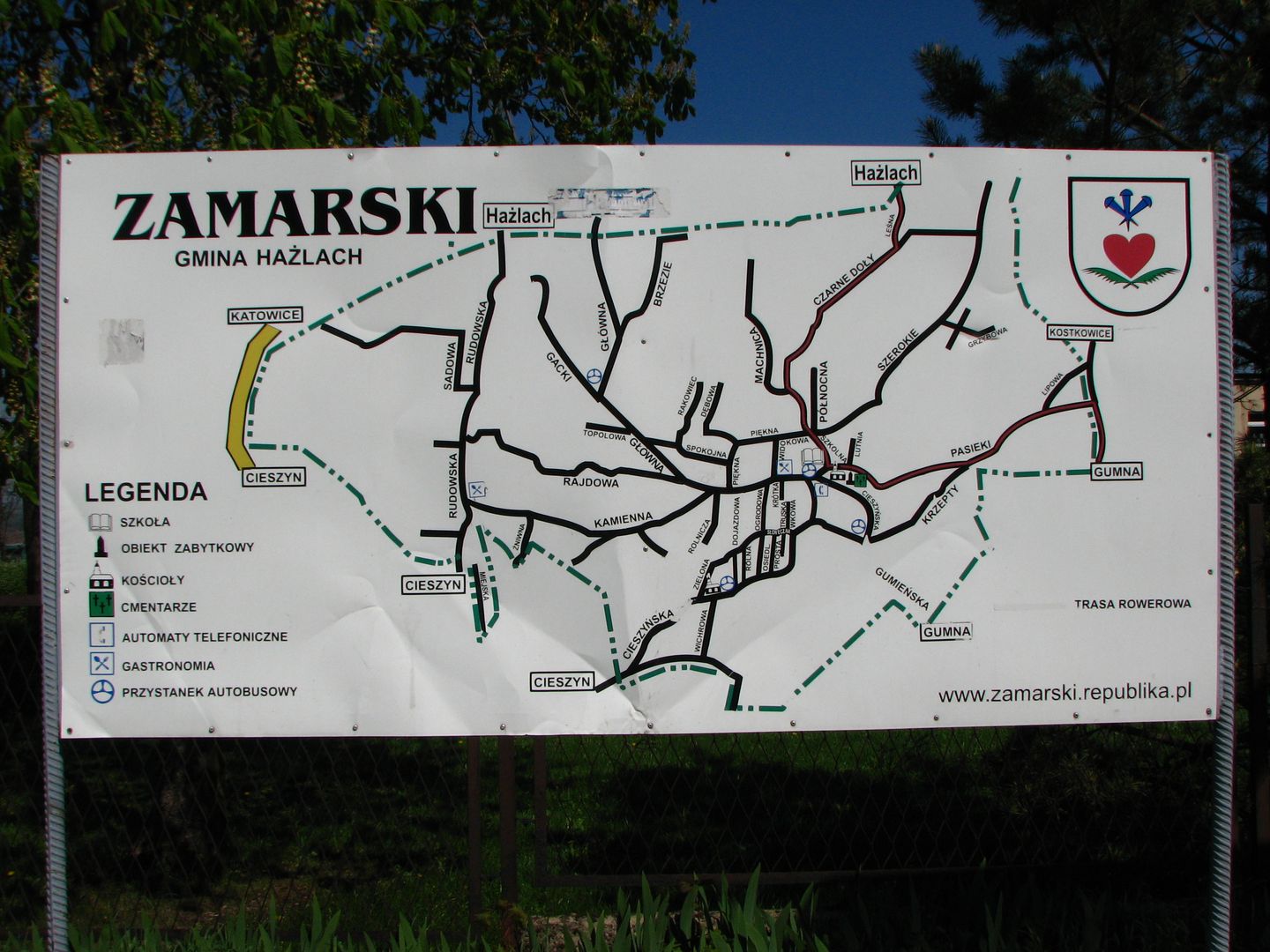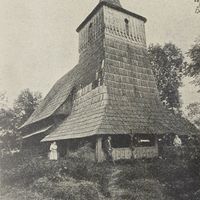Zamarski
6.11

Overview
Zamarski, a village in Poland located in the Silesian Voivodeship, Cieszyn County, is one of the oldest settlements in the historical region of Cieszyn Silesia, with the first records dating back to 1223. The village was part of the Piast Duchy of Opole and Racibórz, and later the Duchy of Cieszyn, which influenced its development and history. Located near Cieszyn, Zamarski served as a hunting ground for the Piasts and nobility, and its forests have survived to this day. Architecturally, the village boasts the wooden Church of St. Roch from 1731, the oldest preserved wooden church in the Polish part of Cieszyn Silesia, which is part of the Wooden Architecture Trail. Other landmarks include a 19th-century brick-and-wooden farm barn and a wooden house at number 123. Interestingly, Zamarski has a history of a significant evangelical community, and in 1790, Catholics and Evangelicals accounted for nearly equal numbers of inhabitants. A document from 1900 recorded dual linguistic affiliations: Polish and German. The village, which played a role in the region's history during World War I, was incorporated into Poland in 1920. Today, Zamarski is also developing tourism, supported by cycling routes, which attract lovers of physical activity and nature. The uniqueness of the village is also influenced by its folklore, with ethnographic groups using the Cieszyn dialect and the activities of the "Lutnia" association. Notable figures associated with Zamarski include Professor Jan Kisza and Bishop Rudolf Pastucha, highlighting the village's role in the cultural life of the region.
Location
You can also find here:
2025 Wizytor | All Rights Reserved
